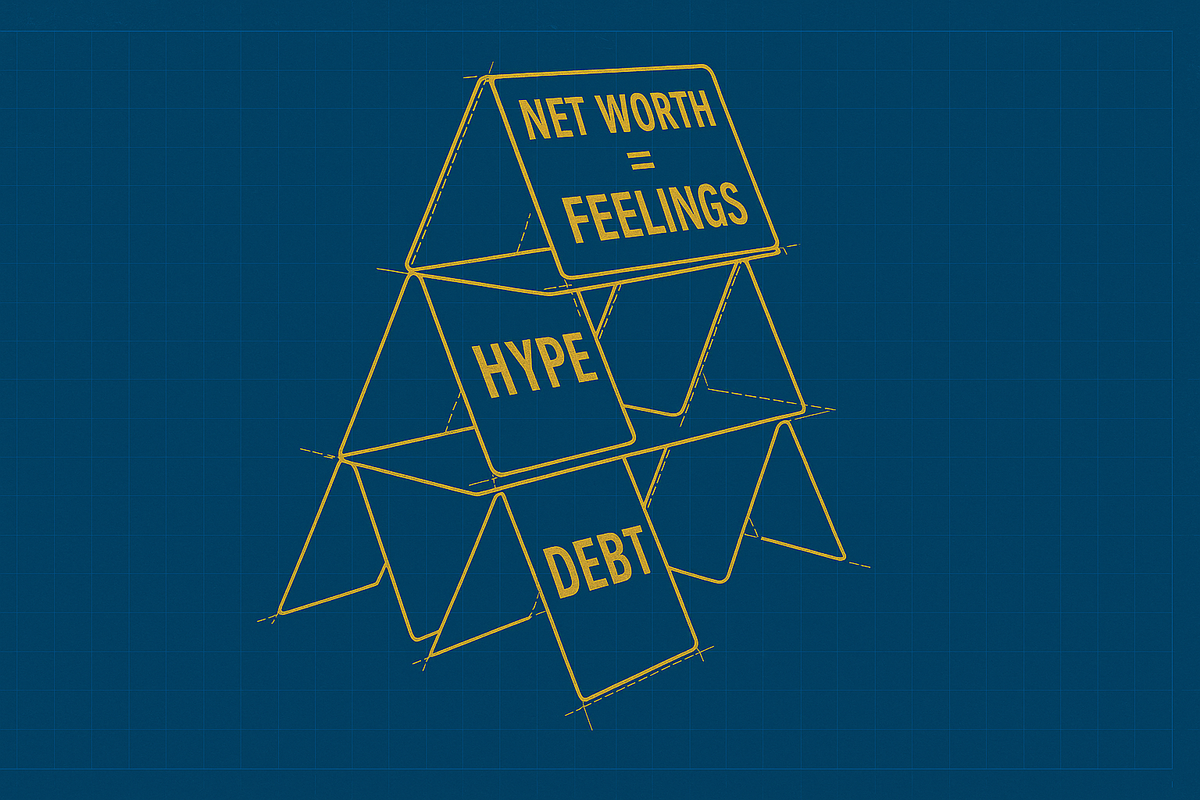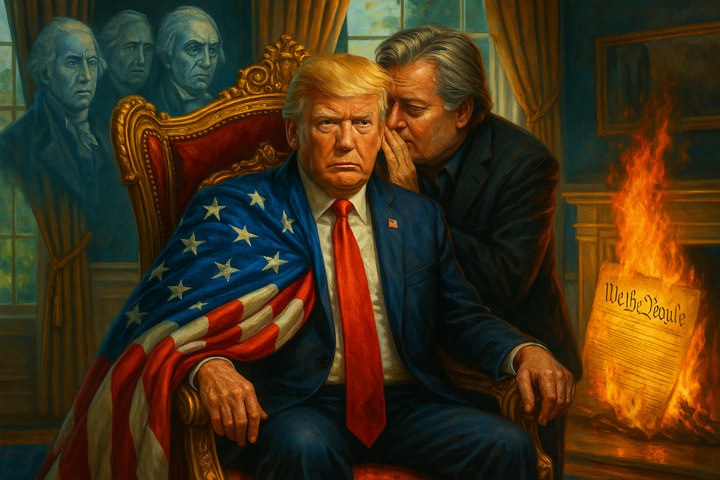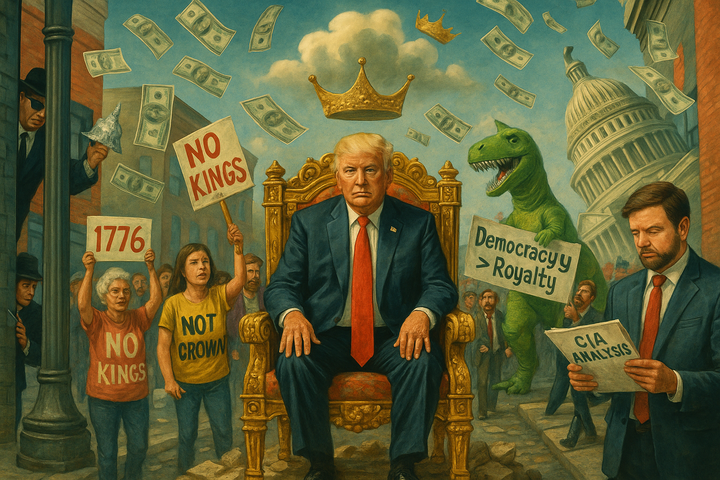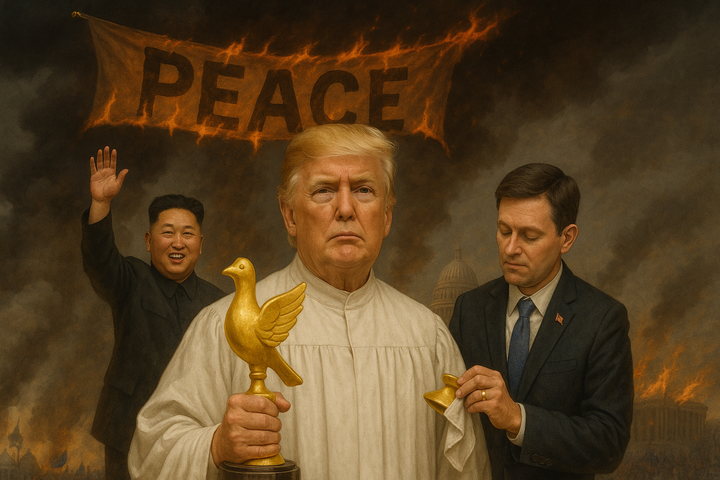Believe Me! — The Lies That Built the Brand - Part 2
Trump built his brand on gold, bravado, and bullshit. In Part 2 of our Believe Me! series, we expose the “Trump Tower of Debt”—a house of cards dressed up as a financial empire.

Part 2: Business as Unusual — How Trump Built a Fortune on Fiction
Donald Trump’s public image is that of a billionaire mogul, a titan of capitalism, and the greatest dealmaker since sliced bread signed its merger with butter. But dig even an inch beneath the gold-plated surface, and the truth is less “Forbes 400” and more Ponzi-scheme-meets-performance-art.
In Part 1 of this series, we exposed how Trump flooded the world with lies and rewrote reality through sheer repetition. In Part 2, we follow the money—or rather, the myth of the money.
“The Chief Beneficiary of His Creativity Was His Public Image”
Trump’s first big break wasn’t a building—it was a headline.
In the 1970s, as he expanded his father’s real estate business into Manhattan, Trump quickly caught the attention of The New York Times. But it wasn’t his properties that stood out—it was his brash self-promotion.
“His deals are dramatic, but they haven’t come into being,” said one real estate financier in 1976.
And yet, Trump called himself the owner of entire city blocks. GQ later revealed he barely owned 1/6 of the block he bragged about. It wasn’t a lie—it was marketing! (Just kidding. It was a lie.)
“Very Little Debt” = $4 Billion
By 1990, Trump owed more than $4 billion to over 70 banks. That didn’t stop him from declaring he had “very little debt” and that his empire was booming.
In fact, during a 2005 defamation lawsuit (that he filed), Trump explained his net worth like this:
“My net worth fluctuates... it goes up and down with markets and with attitudes and with feelings, even my own feelings... and that can change rapidly from day to day.”
Ah yes. A mood-based economy. Someone call the Federal Reserve and tell them to invest in vibes.
Meet John Barron: The Original MAGA Catfish
Before there was Truth Social, there was Trump’s alter ego, John Barron.
In the 1980s, Trump used a fake identity—literally impersonating his own spokesman—to call reporters and brag about his wealth. He told Forbes he controlled over 90% of the family business. He didn’t. But Forbes believed him and ranked him among the richest Americans.
Years later, audio recordings surfaced, and the ruse was undeniable. The kicker? He also used the pseudonym “John Miller” when talking to the press about his dating life. This man created a Marvel Cinematic Universe of lies.
Facades, Fraud, and Financial Fan Fiction
From inflating the value of his buildings to deflating them for tax purposes (depending on what suited him that day), Trump’s empire was built not on steel and concrete, but on creative accounting and a total disregard for reality.
- Claimed to own entire buildings he only partially owned
- Claimed massive profits while defaulting on loans
- Claimed liquidity while bartering with casino chips
Letitia James’ office and the Manhattan D.A. weren’t impressed. Neither were the dozens of banks left holding the bill.
“Situational Ethics” as a Business Strategy
Ben Berzin Jr., a loan officer trying to recover $100 million his bank lent Trump, said it best:
“He does not seem to be able to differentiate between fact and fiction.”
Which, honestly, would explain the steaks, the vodka, the water, the board game, the university, the casino bankruptcies, and The Apprentice reruns on loop in his brain.
Trump’s Most Valuable Asset Was Never Real Estate
It was his myth.
Trump didn’t get rich from property—he got rich from pretending he was rich, and convincing enough people to believe it. His real estate was less about square footage and more about mindshare—branding himself as successful until it became a self-fulfilling scam.
Coming Next:
Part 3 — “The Phantom Philanthropist”:
We’ll follow the charitable claims Trump made, the donations that never happened, and the time he used donor money to buy a 6-foot portrait of himself.
Because nothing says “giving back” like hanging your own face above a fireplace funded by other people’s cash.




Comments ()